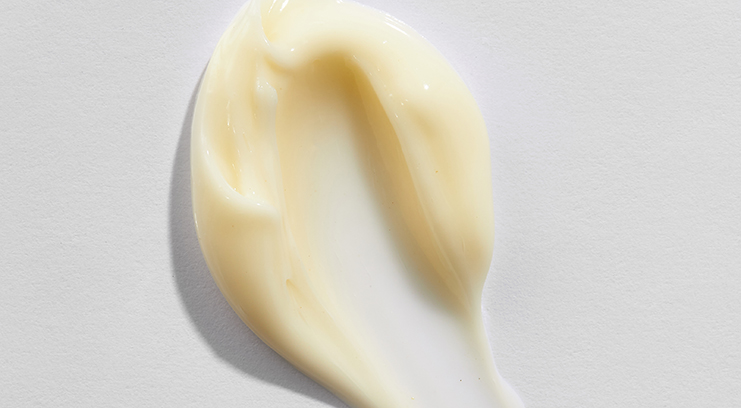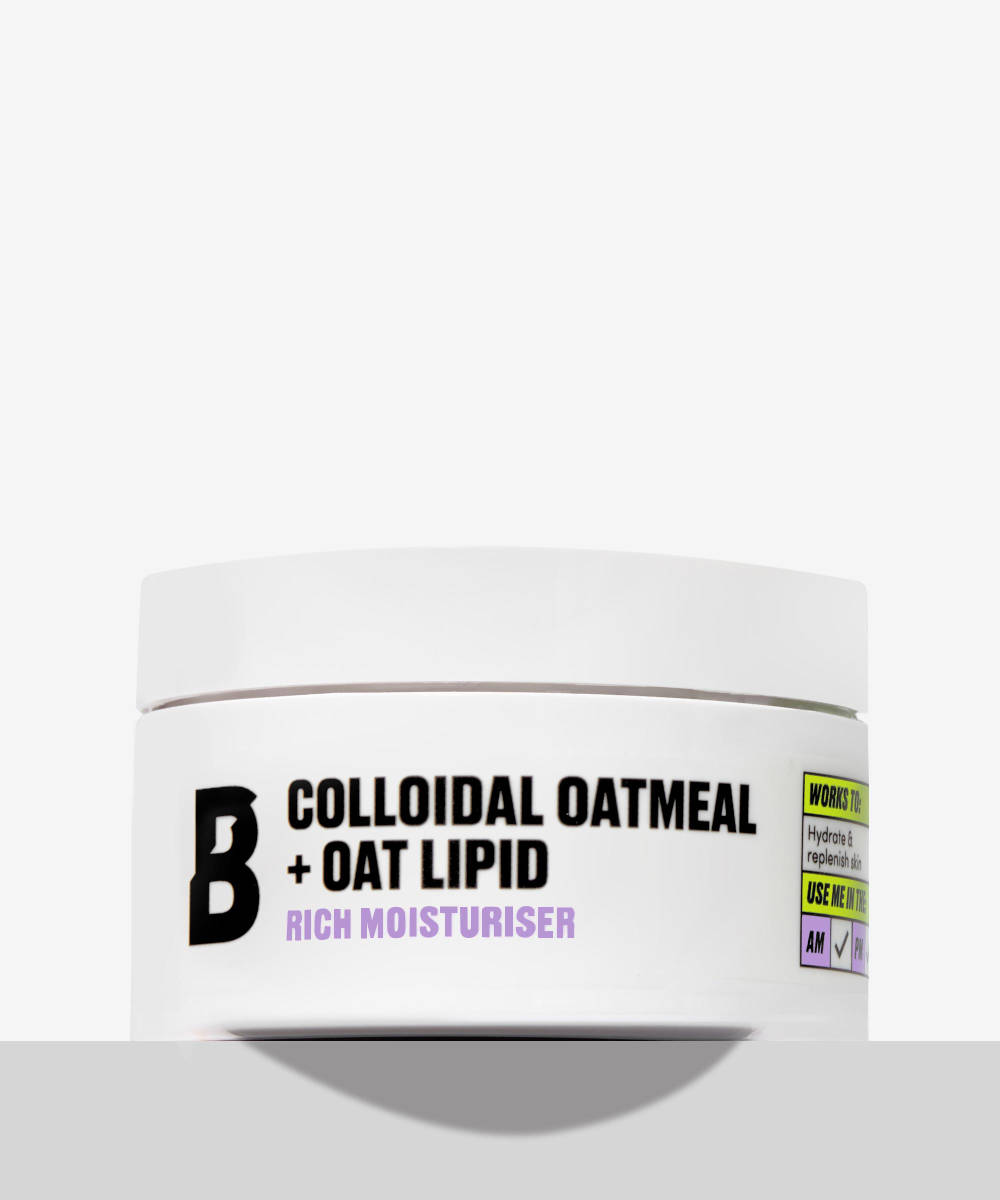Oats are having a moment – and not just in your flat white. A popular home remedy for everything from eczema to chickenpox, this breakfast staple packs some serious skin soothing power.
In every oat, alongside fibre, sugars, and vitamins, are fatty molecules. In fact, although oat kernels look vey dry, they have the highest lipid (fat) content of any grain, which is great news for our skin.
While colloidal oatmeal (oats ground fine enough to interact with our skin) is a popular ingredient for soothing irritation, these fatty molecules can be isolated into oat lipids (or oat oil). This silky oil packed with skin loving vitamin E, omegas 3 and 6, and helps seal in moisture by creating a protective barrier over the skin.
But that’s not all they can do! Here are 5 things you need to know about oat lipids.
1. They could be your secret weapon against acne.
Studies have linked oat lipids to a significant reduction in blackheads and blemishes. Gentler on skin than common spot treatments like benzoyl peroxide, they’re a handy ingredient for tricky complexions prone to both acne and dryness.
2. There are ceramides in your cereal.
Ceramides may sound like a beauty buzzword, but in reality they’re one of the punchiest ingredients to help skin absorb and lock in moisture.
Making up 50% of our skin’s composition, ceramides are a type of lipid that act a bit like the cement holding our skin cells together. As we age our body’s production of ceramides slows and the ceramides we have become less effective. This weakens the skin’s barrier, affecting the way our skin looks, feels and behaves.
But it’s not just our skin that contains ceramides. Oats have them in abundance and oat lipids can help to replace our lost ceramides, reinforcing our skin’s barrier.
This doesn’t just give hydration levels a helping hand by stopping moisture getting out. A strong, healthy barrier also prevents bacteria, pollutants and environmental aggressors getting in. If you’re dealing with breakouts, pigmentation or dryness, replacing these lost ceramides is key.
3. They won’t clog pores.
You might think the emollient and moisturising nature of oat lipids would make them a fast track to congestion and breakouts.
In fact oat oil is lightweight and non-comedogenic, meaning it won’t contribute to blocked pores.
4. They keep skin in balance.
Oat oil contains around 10% cholesterol and sterols. These saturated fatty acids are similar to the ones found in the sebum (natural oil) our skin produces to keep itself soft, supple and hydrated.
It’s thought that applying these fatty acids can help to replenish oils stripped away by aggressive cleansing or harsh weather.
5. There’s no greasy feel.
As oat lipids contains fatty components similar to those found in the outer layer of our skin, it sinks in like a dream with no heavy or greasy residue.
Our Colloidal Oatmeal + Oat Lipid Rich Moisturiser contains oat lipids and squalane to give a seriously hydrating and replenishing formula that still feels cushion-y and lightweight.


